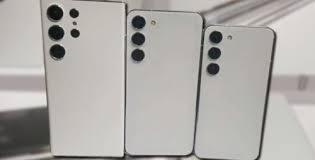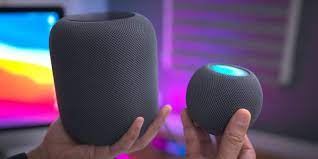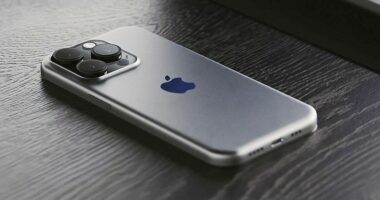OnePlus, best known for producing smartphones such as the OnePlus 10 Pro, is developing its first mechanical keyboard. The company contends with a saturated industry, but it offers keycaps with macOS-compatible legends and an emphasis on customisation, including open source firmware.
OnePlus initially teased their keyboard in early December. Before testing the product next month, it is collecting client feedback to aid in its design. A public debut is anticipated in February, followed by mass production in March and April. OnePlus already offers non-phone technologies, such as monitors, outside the United States. The forthcoming OnePlus keyboard is currently mentioned on the company’s website in the United States.
Today, OnePlus product marketing manager “Percy T.” stated in a forum post that the keyboard would have a “MacBook layout,” implying that there will be no number pad. Despite its macOS-leaning keycap legends, OnePlus says the keyboard will also be Linux-compatible and compatible with Windows computers.
The message implied that switching between operating systems would be simple. As with the Keychron K14, OnePlus might implement a sliding switch on the keyboard’s side that corresponds to the operating system in use. Keychron assists OnePlus in the development of its mechanical keyboard.
The first OnePlus keyboard will also include a CNC-machined aluminium chassis, in contrast to the majority of luxury keyboards that opt for a plastic casing and metal top plate. This suggests that OnePlus will produce a substantial peripheral. The Keychron Q2 has a 65 percent layout yet weights around 3.63 pounds. Customers want a keyboard that is not too tall, according to OnePlus’s first article about keyboards, which may have implications for the keyboard’s thickness and keycap form.
Percy T. claimed that OnePlus devices inspired the choice of “silky-smooth” aluminium. It is plausible to assume that OnePlus is drawing inspiration from Keychron’s most popular designs, given that the company is a partner.
“We were aware that aluminium had provided our previous gadgets with a particular feel. Thanks to CNC aluminium fabrication, we are able to guarantee the best hand feel, as well as weight and durability for long-term use and stability “Percy T. authored.
Still, we can’t help but get Q2 (and other Keychron keyboard) vibes, especially given OnePlus stated today that its keyboard would also have a double-gasket design to limit typing noise and the ire of people around you. This design eliminated metallic pinging sounds and the annoying rattling of the Q2’s stabilisers. However, some of the Q2’s big keys sounded noticeably different from the rest.

The keyboard will feature hot-swappable switches and will be compatible with the VIA software for setting the open-source QMK firmware. Software from large peripheral manufacturers, such as Razer Synapse, is typically more intuitive to use initially than VIA.
Also Read: Samsung Doesn’t Want to Cut Corners on Its Smartphones in 2023
However, the software enables users of several operating systems to utilise an open-source manner of keyboard programming, including the creation of macros, FN layers, and lighting (if the OnePlus mechanical keyboard decides to offer this), without having to reflash the keyboard’s firmware.
Keychron’s Q2 impressed us with its quieter double-gasket internals and robust aluminium construction. But hopefully, OnePlus will produce something that is more than a Keychron clone and gives mechanical keyboards a distinct identity and value.









